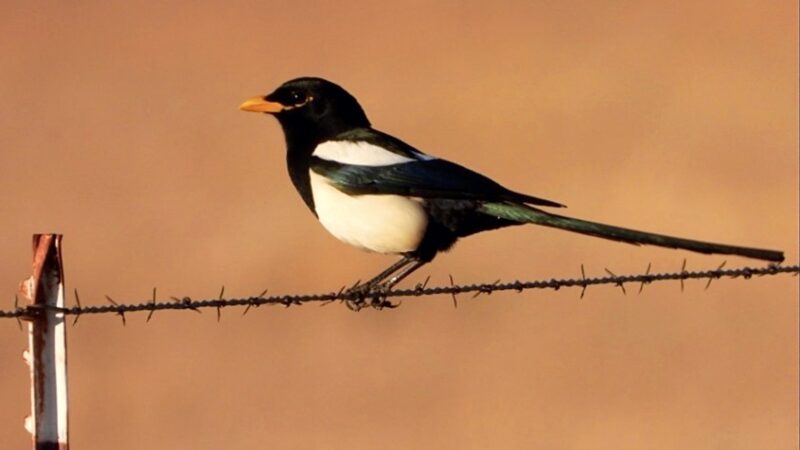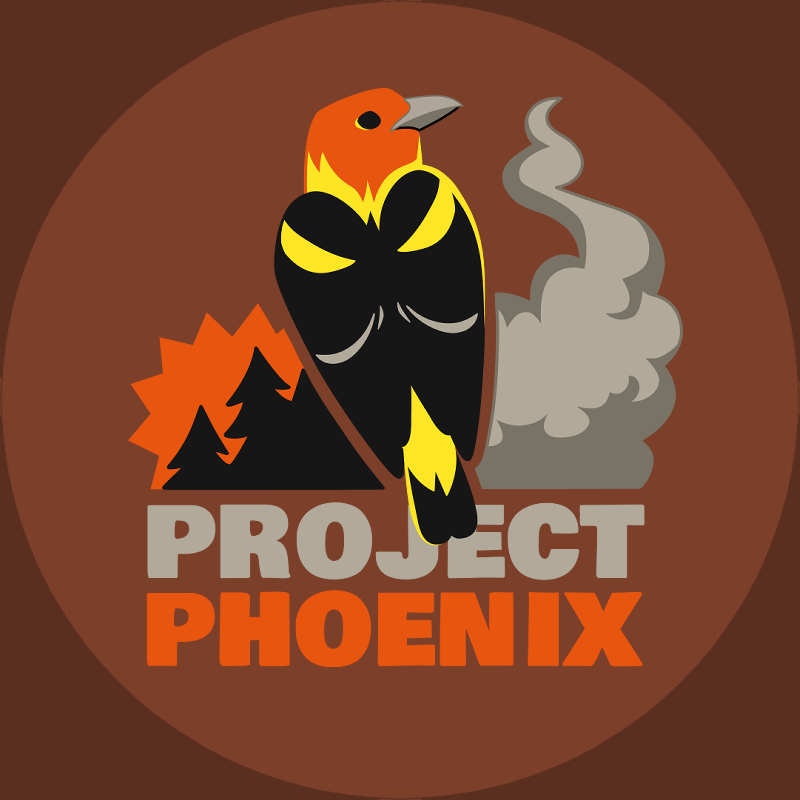Hazardous wildfire smoke events can alter dawn soundscapes in dry forests of central and eastern Washington, United States
Published Work | 2024 | Global Ecology and Conservation (Vol. 54)
permalink
Research Project | 2023
In the age of megafires, birds are increasingly exposed to hazardous smoke. Although birds are highly sensitive to air pollution, we know very little about how smoke affects birds. Addressing this knowledge gap is critical to inform bird conservation for a rapidly warming world.
To learn more, we need more data – and that’s where you come in. Most bird monitoring programs operate in the spring and early summer to collect data on breeding bird populations, but fires tend to occur later in the year. Our new community science project engages communities across California in monitoring birds during the 2023 fire season (August–October), providing valuable data on bird activity when fires are highly likely to impact air quality.
Community observations of birds during the fire season will help us learn more about how birds respond to smoke. We will use the data collected through Project Phoenix to identify the places and resources birds use during and after extreme smoke, then communicate these needs to decision makers in our state.
Project Phoenix is open to all birders and bird enthusiasts – regardless of previous birding experience. We welcome and encourage beginner birders to participate.

Related Publications
Published Work | 2024 | Global Ecology and Conservation (Vol. 54)
permalinkPublished Work | 2024 | Ornithology
permalink